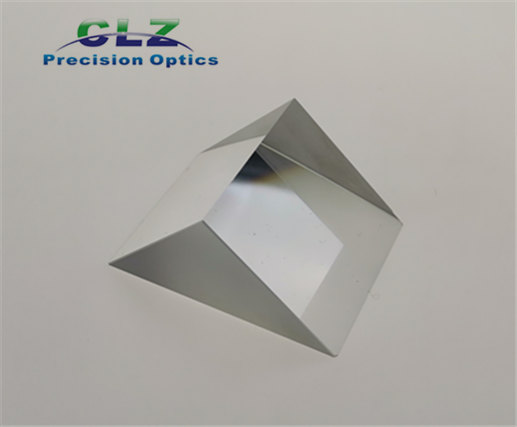Right Angle Prisms: Versatile Tools for Optics and Beyond
May. 11, 2023
Right angle prisms are essential optical components that play a pivotal role in various scientific and industrial applications. With their unique design and properties, these versatile prisms have become indispensable tools for manipulating and redirecting light. In this article, we will delve into the world of right angle prisms, exploring their structure, characteristics, and the wide range of applications they find in fields such as imaging, surveying, spectroscopy, and more. Join us as we unravel the secrets of these fascinating geometric wonders.
UV Fused Silica Right Angle Prisms
Understanding Right Angle Prisms
Right angle prisms, also known as 90-degree prisms or square prisms, are three-dimensional shapes with two perpendicular and one 45-degree angle faces. Typically made from glass, they exhibit excellent optical quality and are often used to reflect, deviate, or rotate light beams. The two perpendicular faces of a right angle prism are typically coated with reflective materials like aluminum, silver, or dielectric coatings to enhance their reflective properties.
Applications in Imaging and Surveying
Right angle prisms are widely used in the field of imaging and surveying. Cameras and binoculars employ these prisms to erect images, ensuring that they appear upright and not inverted. The prisms also facilitate compact designs by folding the optical path, making them invaluable in space-limited devices. In surveying instruments, right angle prisms enable precise measurements of angles, distances, and alignments.
Spectroscopy and Optical Systems
Right angle prisms are crucial components in spectroscopy, a technique used to analyze the interaction between light and matter. They efficiently redirect light beams, allowing for the creation of compact and portable spectrometers. Right angle prisms are also employed in optical systems to align or redirect laser beams, enabling various applications such as laser marking, cutting, and engraving in industrial settings.
Total Internal Reflection and Fiber Optics
One of the most intriguing properties of right angle prisms is total internal reflection (TIR). When light strikes the interface between two materials at a certain angle, it undergoes total internal reflection, bouncing off the interface instead of passing through it. Right angle prisms can exploit TIR to redirect light efficiently. In fiber optic applications, these prisms are utilized to couple light into and out of optical fibers, enabling high-speed data transmission and telecommunications.
Conclusion
Right angle prisms are indispensable tools in the realm of optics, offering a myriad of applications across various fields. From imaging and surveying to spectroscopy and fiber optics, their ability to manipulate and redirect light makes them versatile components in countless scientific, industrial, and technological endeavors.
Are you interested in learning more about right angle prisms? Contact us today to secure an expert consultation!




















